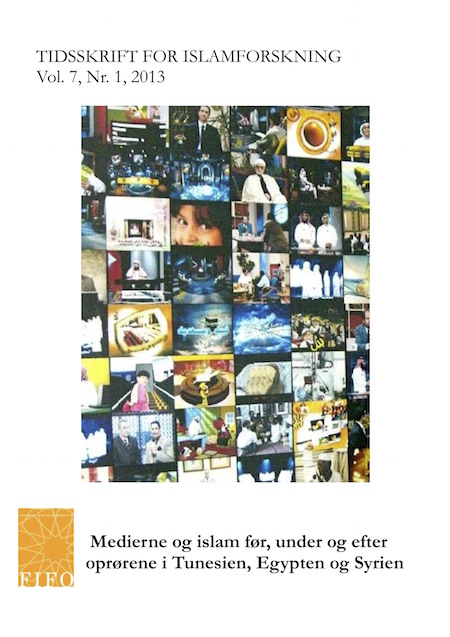Islam og revolution
DOI:
https://doi.org/10.7146/tifo.v7i1.25310Keywords:
islam, revolution, Syrien, Kafer Suseh, TV, internetAbstract
This article deals with the ways in which Islam is put to use by the Syrian regime and its opposition in the Syrian Uprising. By applying anthropological theory about politics of immediation and political theory about ideologies to a specific case – namely bombings in Kafer Suseh in Damascus in December 2011 – the article illustrates how horrific images in the conflict are mediated as part of distinctive political projects. The article traces the work of anti-regime activists on the Internet and on TV as well as that of pro-regime representatives in order to understand the peculiar scapegoating processes that followed in the hours after the bombings. In effect, a certain dynamic of ideological mediation is proposed in which social, historical and political presuppositions are suppressed. Resurfacing the historical conditions of mediation gives a better understanding of how horrific events as the one in the case are mediated. On a fundamental level, the case and its analysis indicates how politics of immediation and ideology intertwine in battles over Islam and its future role in Syria.Downloads
Published
2017-02-05
How to Cite
Brønd, T. V. (2017). Islam og revolution. Scandinavian Journal of Islamic Studies, 7(1), 12–31. https://doi.org/10.7146/tifo.v7i1.25310
Issue
Section
Articles: Thematic section
License
Scandinavian Journal of Islamic Studies publish under creative commons license BY-NC-SA.





